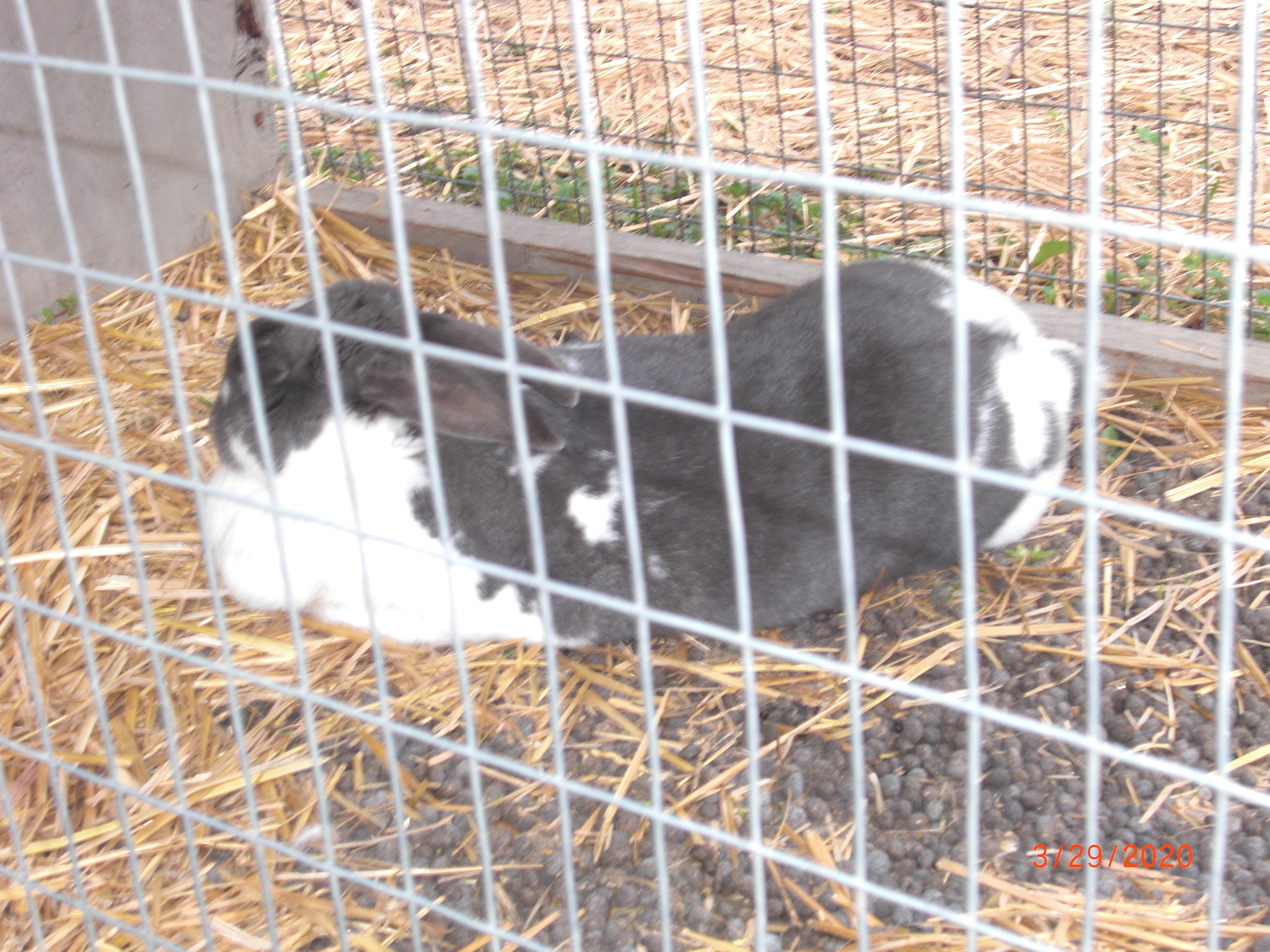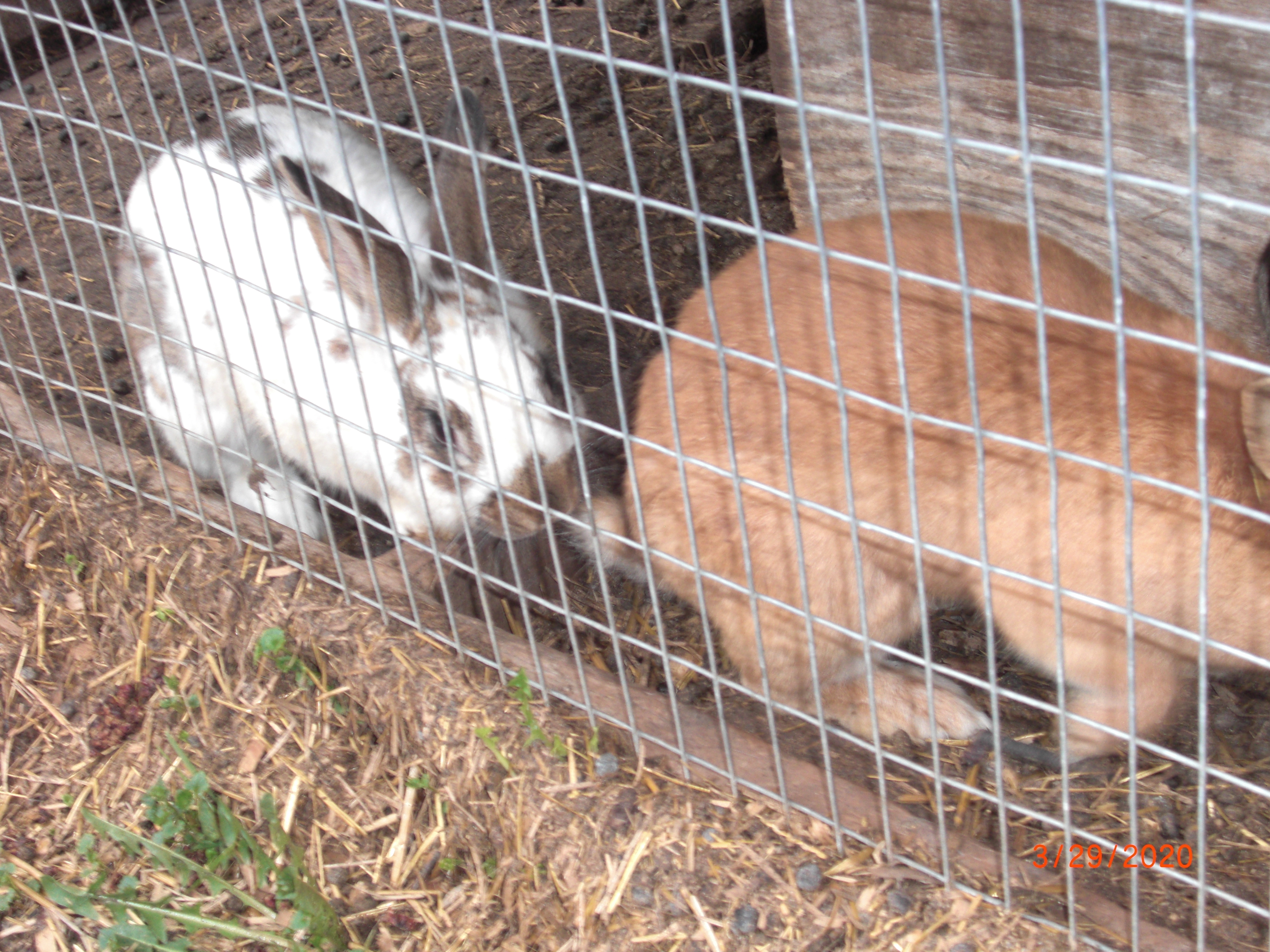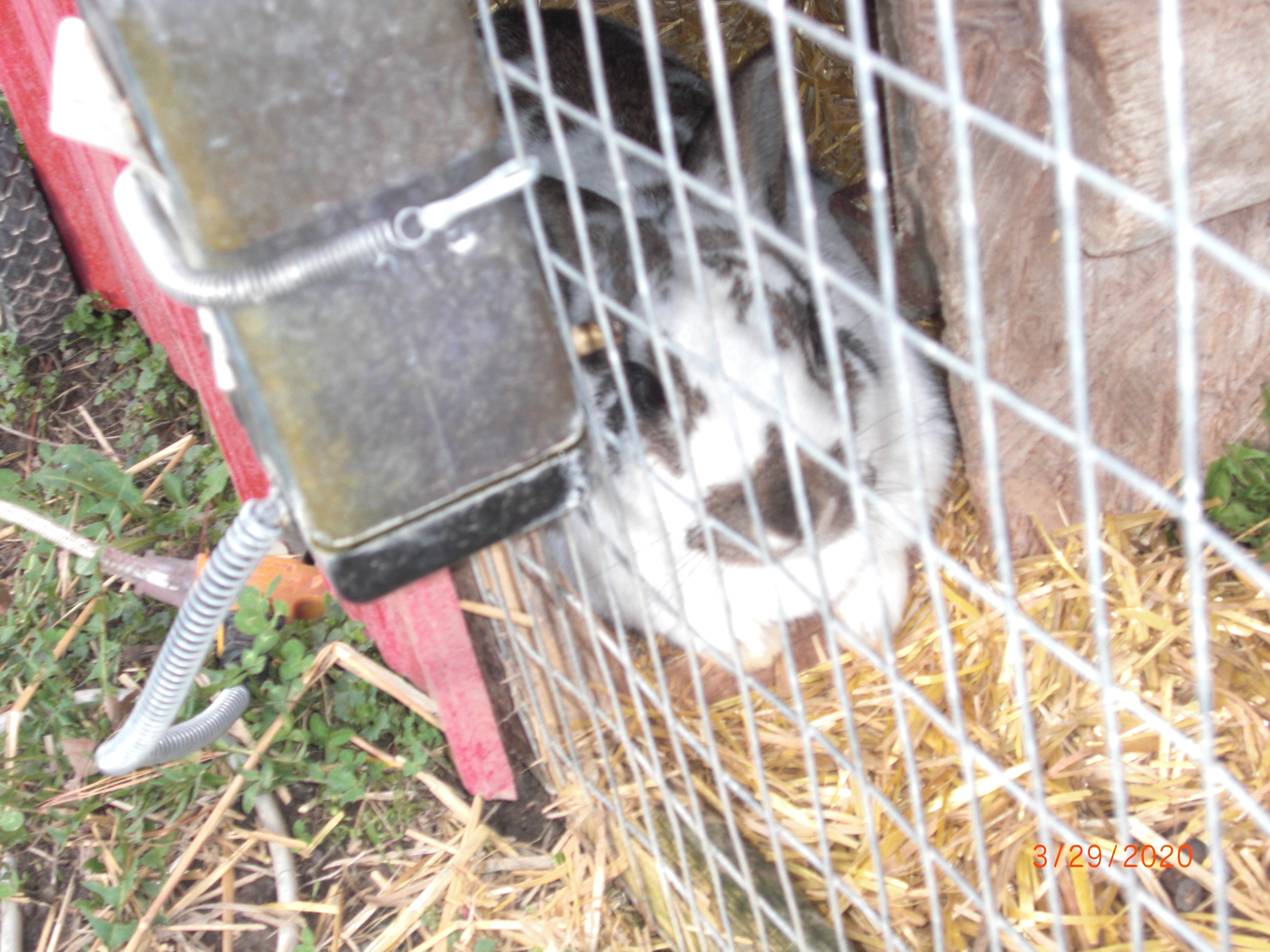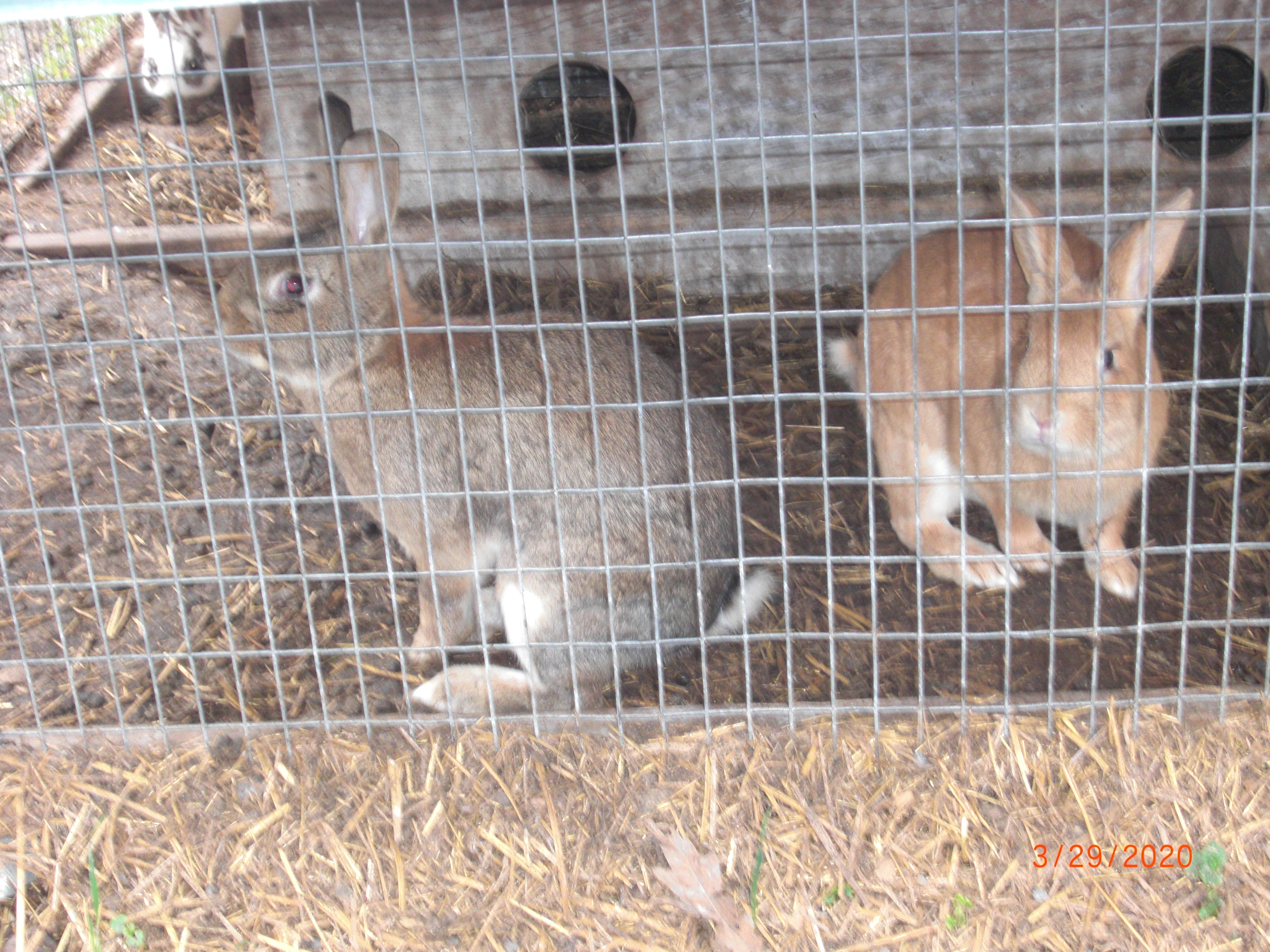Flying Shuttle
John Kay invented the flying shuttle, but he patented it, and he had trouble with the patent, and so was nearly bankrupt for it. The flying shuttle helped a lot in advancing fabric production, and it created a thread shortage. It helped lead to big fabric factories, and to overcome the thread shortage that it created, other inventions came up to increase fabric production.
Chronometer
How to find longitude? That was the problem for the English, and motivation for the inventor of the chronometer. He had an interest in clocks since a young age. The chronometer was made to resist the harsh conditions of sea. The inventor of the chronometer was motivated by the Longitude act, a reward of £2,000 (£271,010 or $360,024.47 in 2020 money).
Anders Celsius
Celsius’ family was a scientific one, his father and grandfather both being scientists, and he chose the same career. He had many accomplishments, the one he is most known for being the Celsius thermometer scale.
Leyden Jar
Two scientists created the Leyden Jar. It was the first battery, and stored electricity. Like most inventions, it spread through the rich. It helped invent the later batteries, and it helped Benjamin Franklin do his kite experiment. The battery is used in a lot of technology in modern days, like the car, phone, and flashlight.



